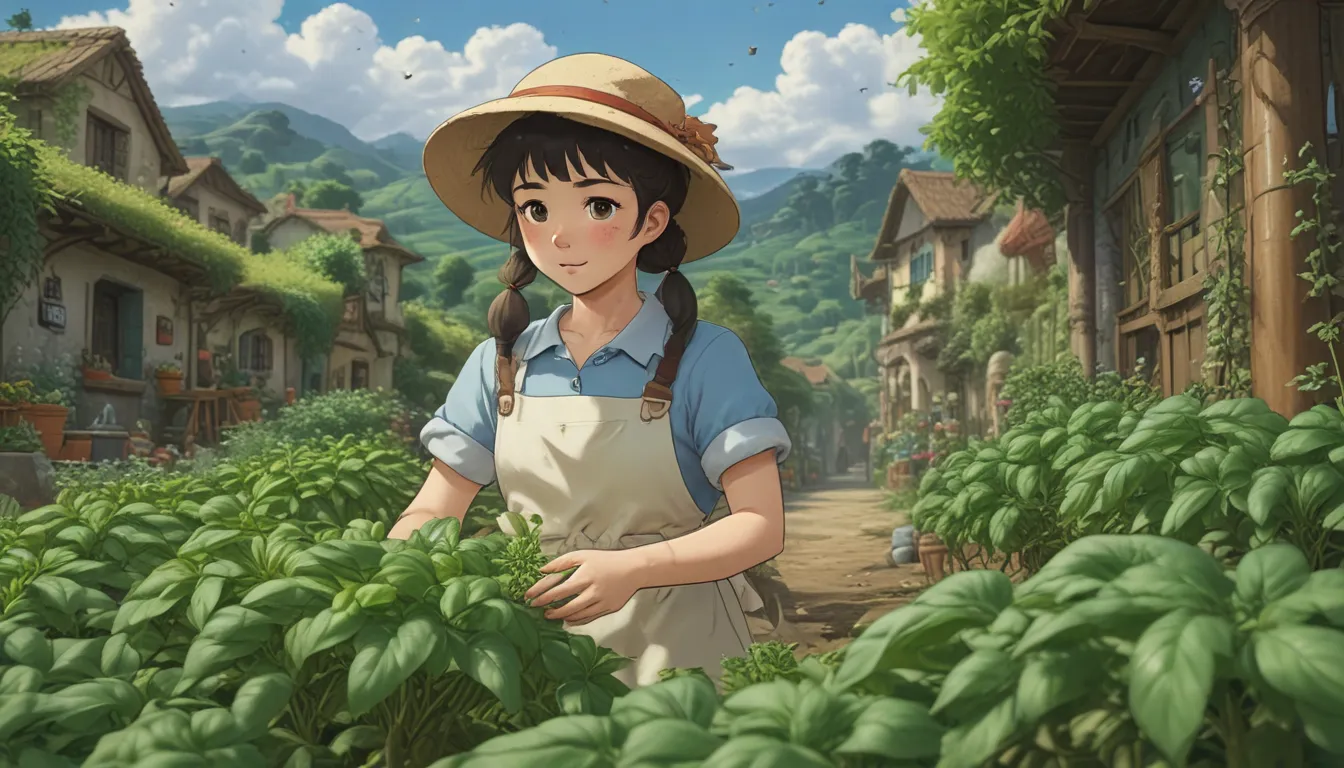Harvesting and Storing Basil Seeds: Your Complete Guide

If you’re a fan of fresh basil in your favorite dishes, you know how rewarding it can be to grow your own supply. Basil is a beloved herb that offers a distinct flavor and aroma that can take your culinary creations to the next level. Whether you prefer the classic ‘Genovese’ variety or the striking ‘Purple Thai,’ learning how to harvest and save basil seeds is essential for ensuring a steady supply of this delightful herb in your garden.
In this comprehensive guide, we’ll explore everything you need to know to successfully collect and store basil seeds for future plantings. From watching for flowering to processing the pods and storing the seeds, we’ve got you covered. So grab your gardening gloves and let’s get started!
What You’ll Learn
- Identifying the right time to harvest basil seeds
- Steps for processing basil seed pods
- Tips for storing basil seeds to maintain viability
Watching for Flowers First
While pinching back flower buds on basil plants can help extend the growing season and encourage more leaf production, allowing a few plants to bloom is necessary for seed collection. When basil plants flower, they produce tall spires loaded with pods that contain hundreds of seeds.
To ensure successful seed collection, it’s crucial to allow the pods enough time to fully mature before the first frost. This process can take six to 12 weeks, so it’s best to let the flowers develop fully by mid-summer. Keep in mind that basil plants prefer warm temperatures, so make sure to monitor the weather in your region.
Once the pods begin to dry and change color from green to tan or light brown, they are ready for harvesting. Use clean scissors or a sharp knife to cut the stems at the base, ensuring that you collect the pods before they open and disperse their contents.
Processing the Pods
After harvesting the pods, allow them to dry completely for a few days in a warm, dry location away from direct sunlight. When the pods are dry, they will become brittle to the touch and turn light brown in color.
To release the mature black seeds from the pods, gently rub them between your fingers over a bowl, paper bag, or shallow tray. Alternatively, you can place the stems in a paper bag and lightly crush them with a rolling pin. Use a sieve to separate the seeds from the chaff, ensuring that only the seeds remain.
After processing the pods, it’s time to store the seeds for future plantings.
Storage Tips
Proper storage is essential for maintaining the viability of basil seeds. Follow these tips to ensure your seeds remain viable for up to five years:
- Use a container with a tight-fitting lid, such as an envelope or glass jar.
- Make sure the seeds and containers are completely dry before storing to prevent mold growth.
- Label and date the containers, and rotate them annually to use the oldest seeds first.
- Store the containers in a cool, dark, and dry place away from heat sources.
- Avoid storing seeds in the refrigerator due to fluctuations in humidity.
With these storage tips in mind, you can build a collection of basil seeds that will provide you with a continuous supply of this beloved herb for years to come.
Conclusion
Harvesting and saving basil seeds is a rewarding way to ensure a steady supply of this flavorful herb in your garden. By following these steps for collecting and storing basil seeds, you can enjoy the benefits of homegrown basil year after year.
Do you have any tips for cleaning chaff from small seeds like basil? Share your advice in the comments below. And for more information on growing basil, check out our related articles:
- How to Grow Basil in Your Herb Garden
- How to Propagate Basil
- 13 Favorite Basil Varieties for the Garden
Ready to start harvesting your own basil seeds? Get out into the garden and start collecting those pods for a future harvest of delicious basil leaves. Happy gardening!





